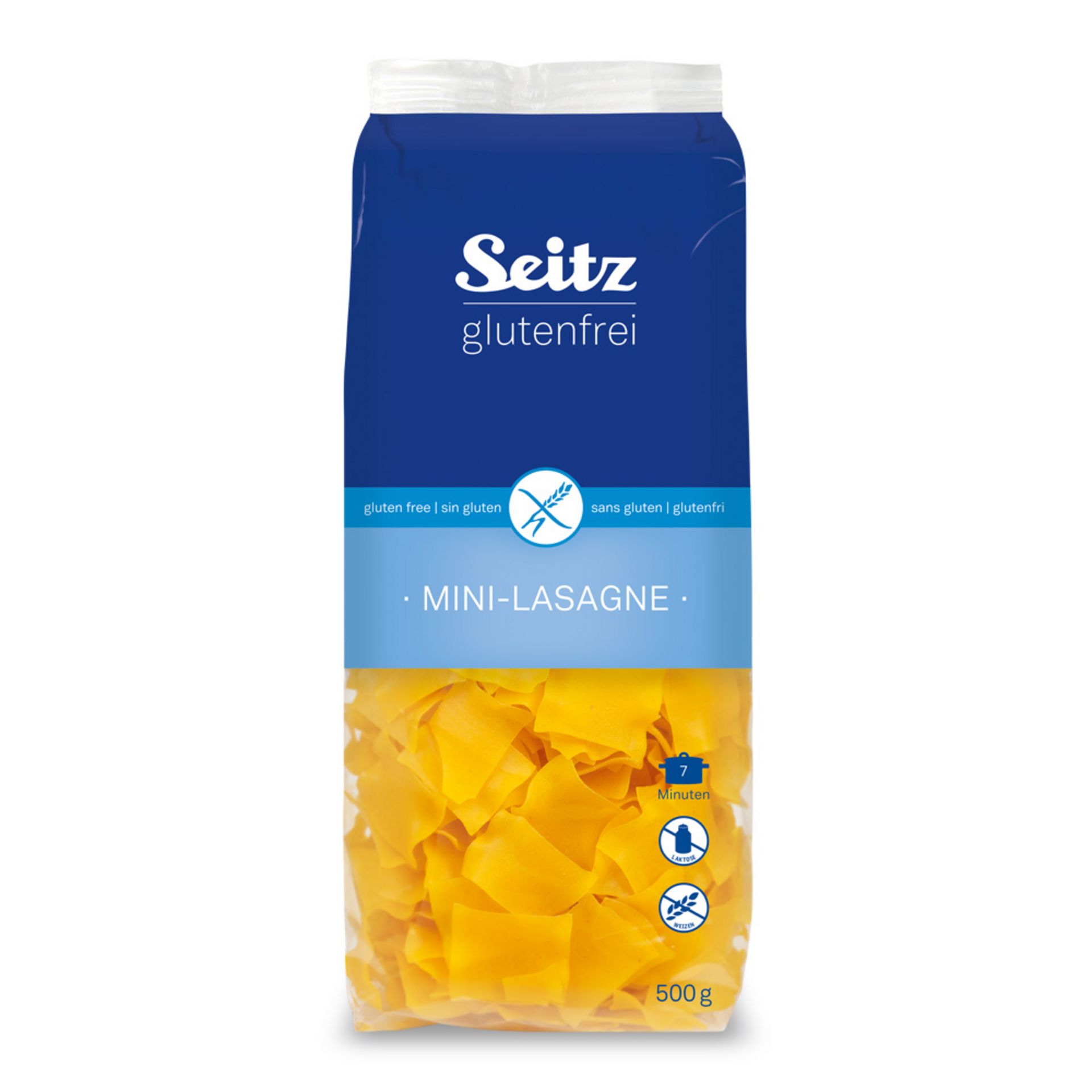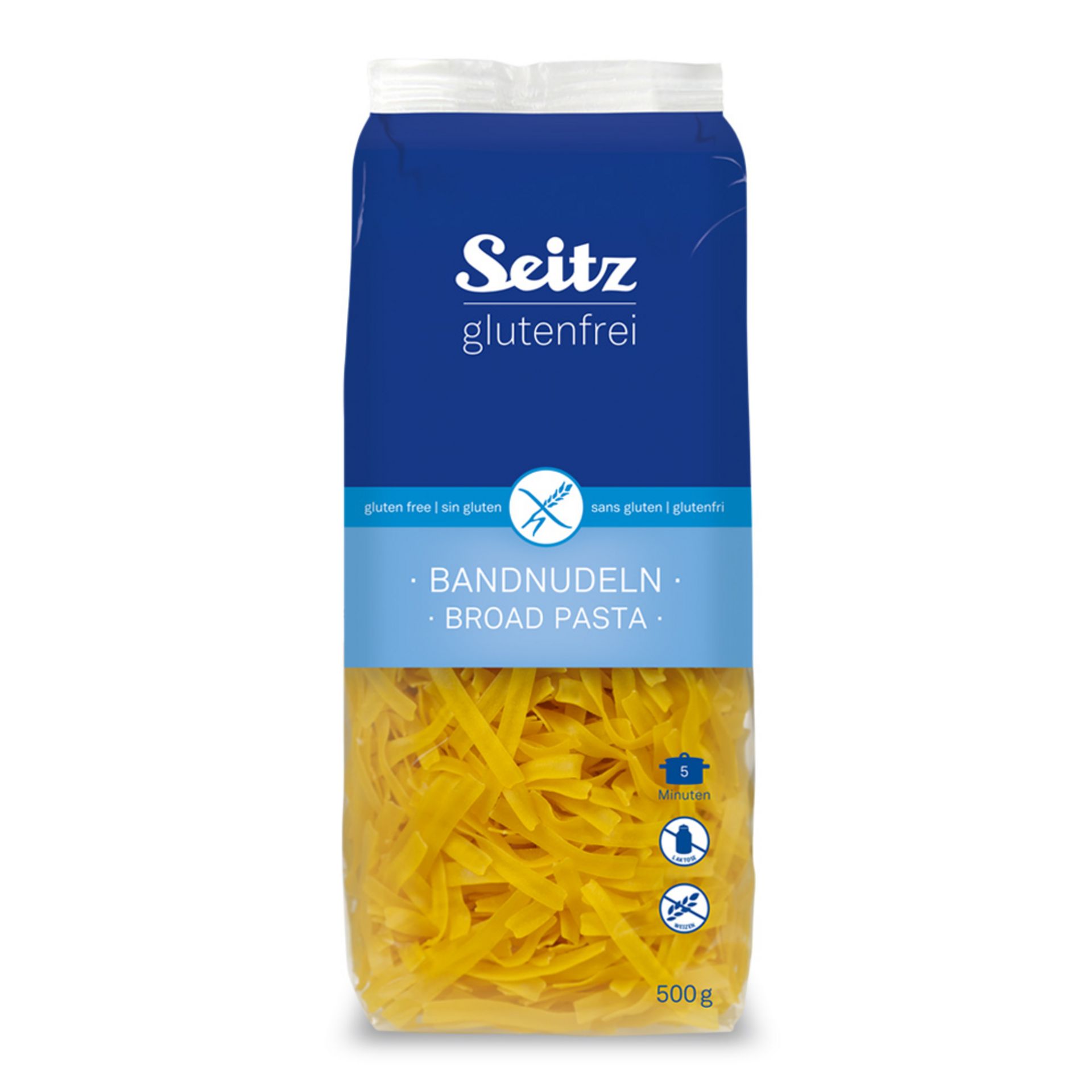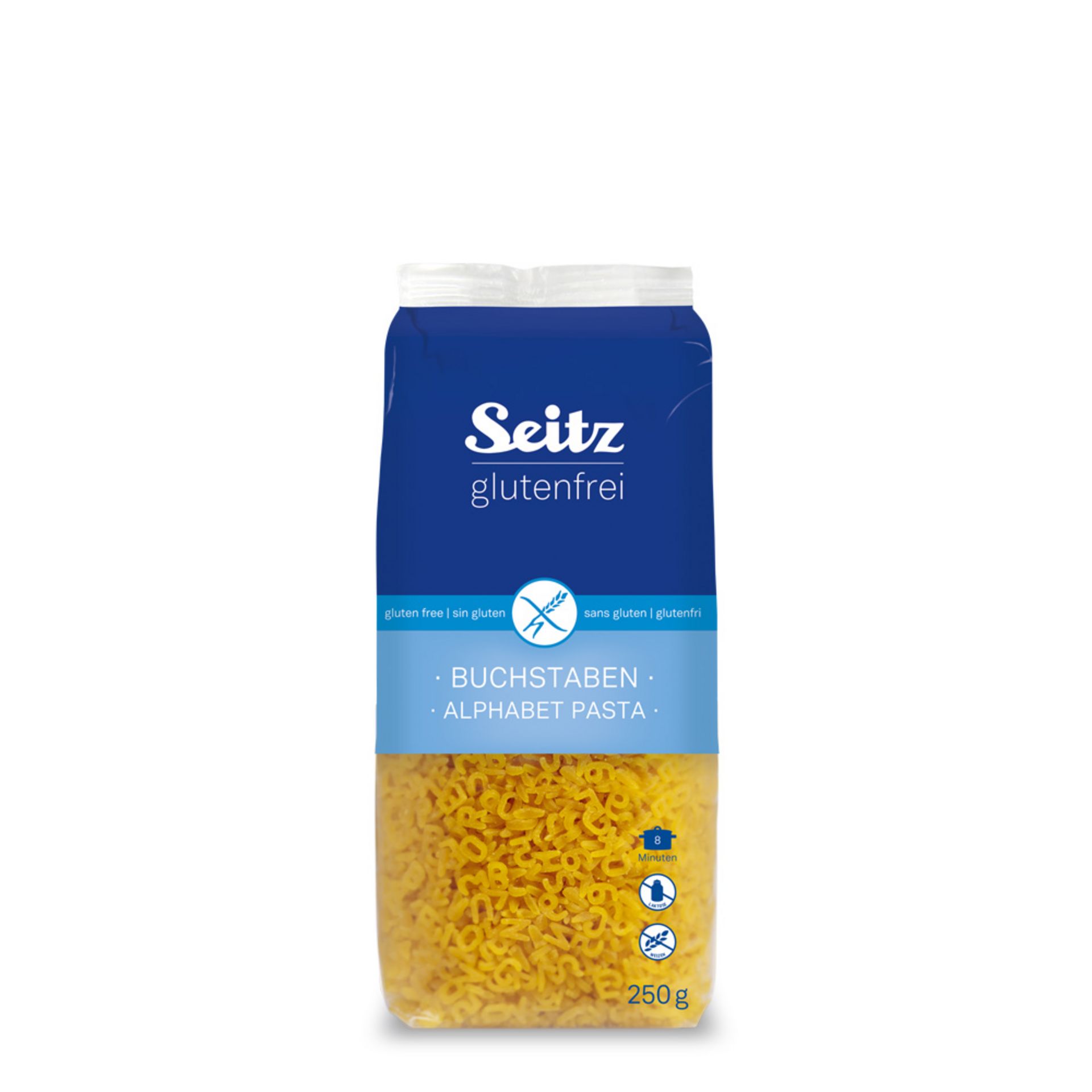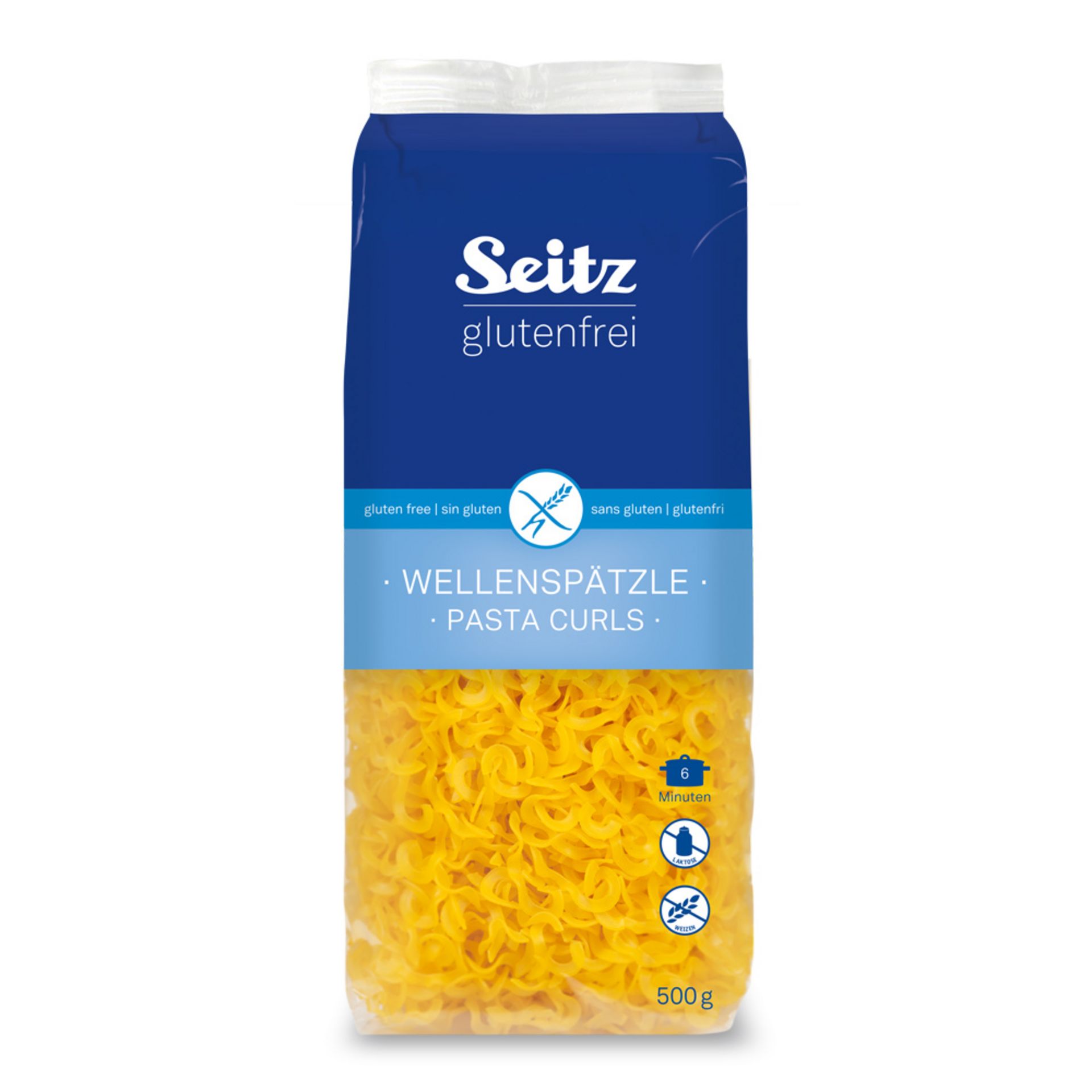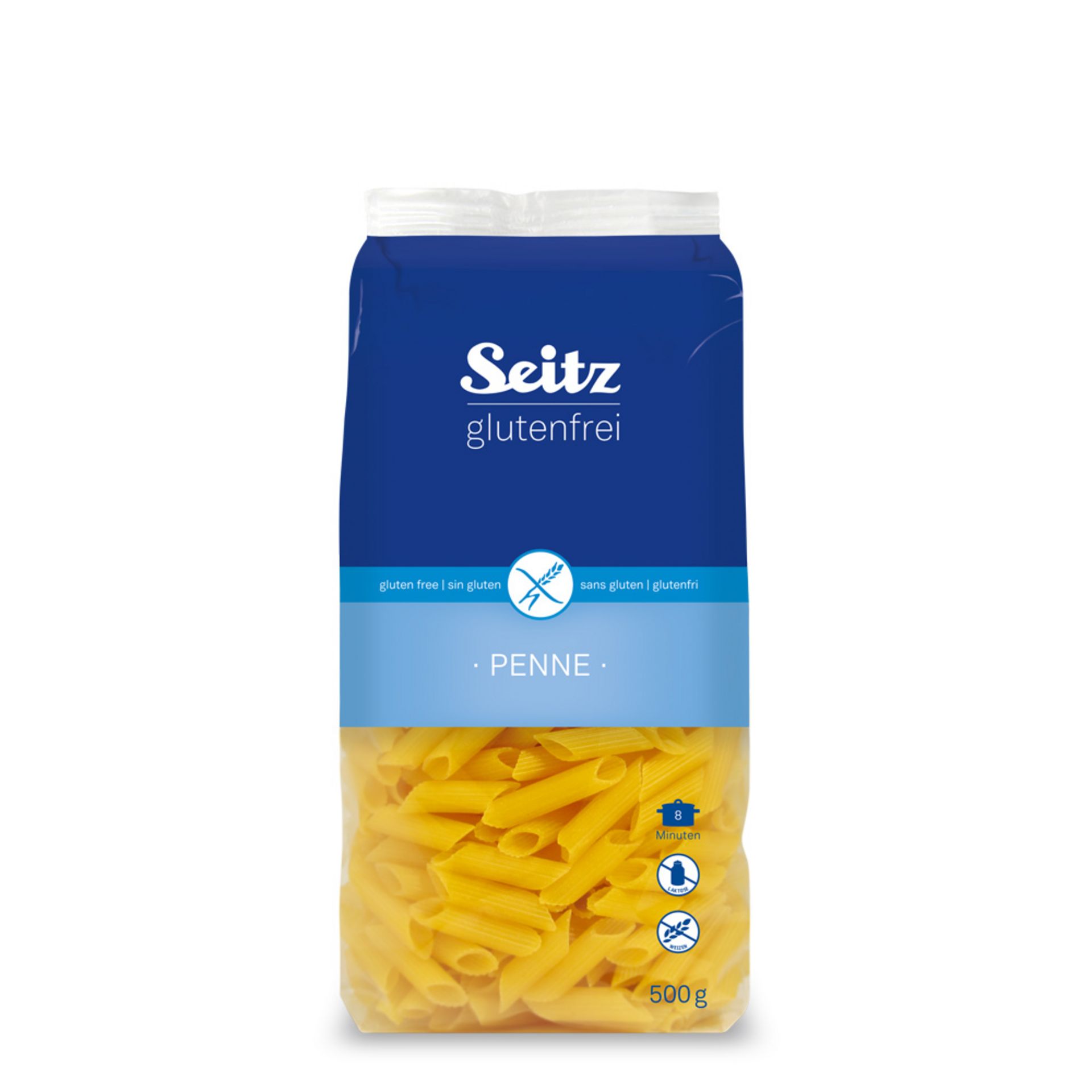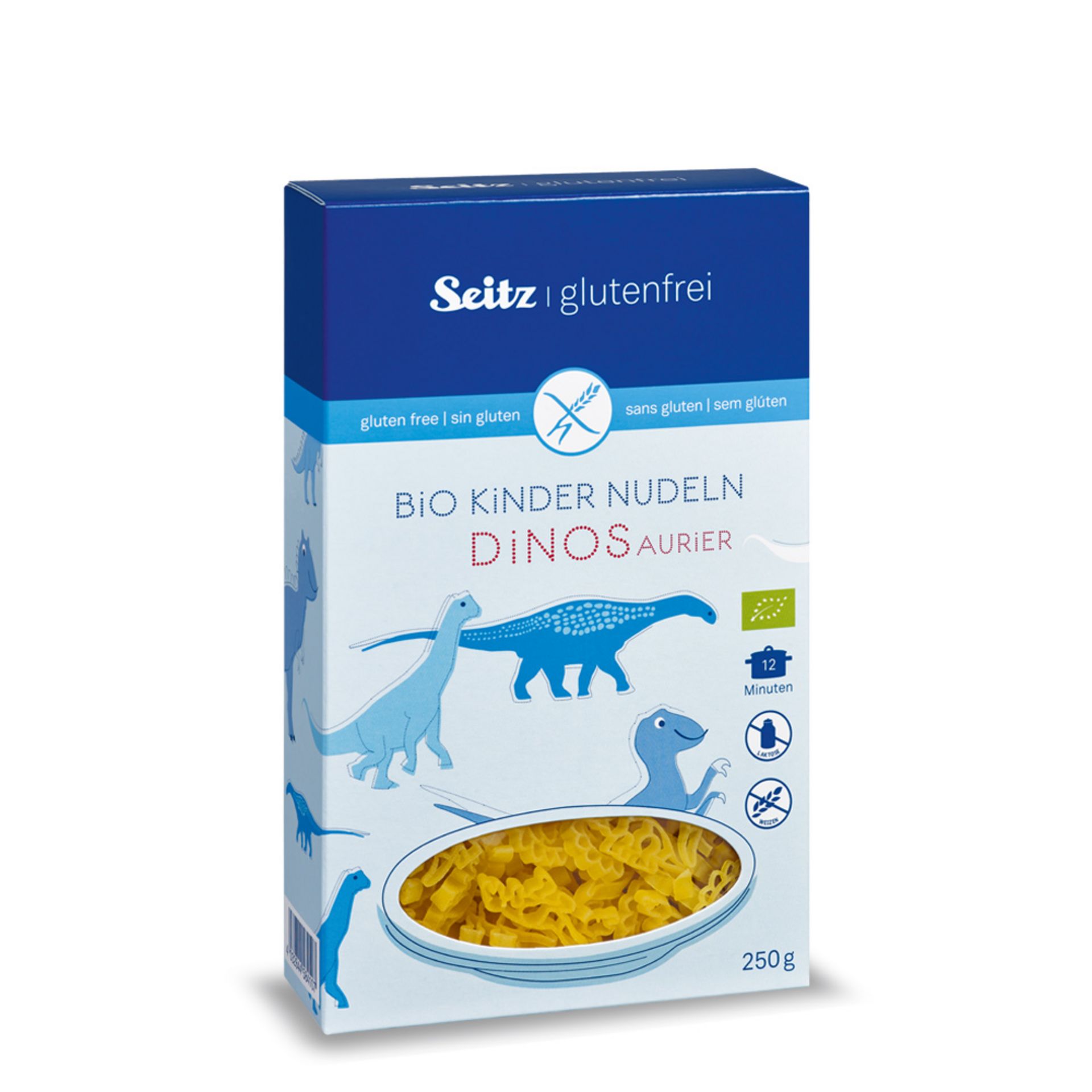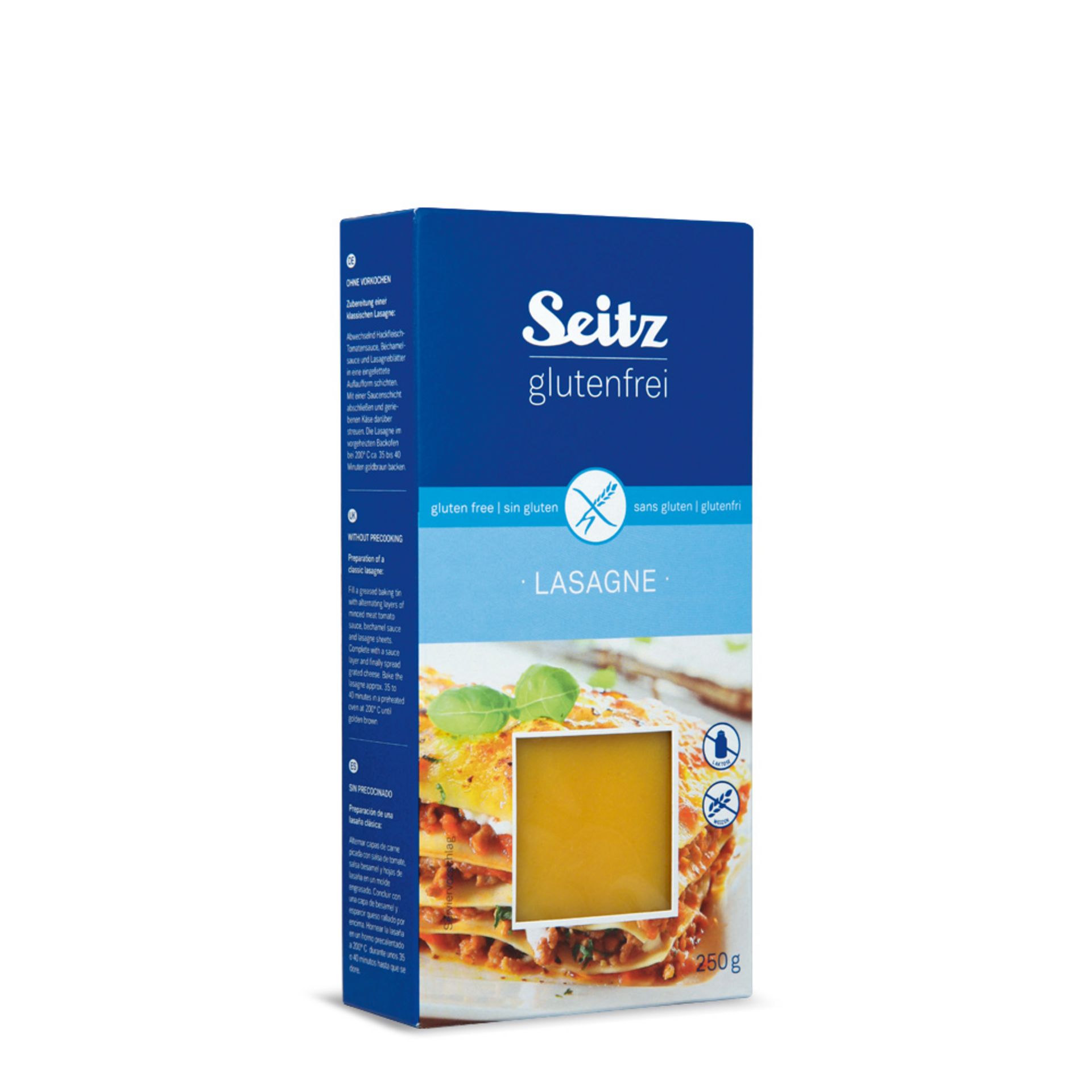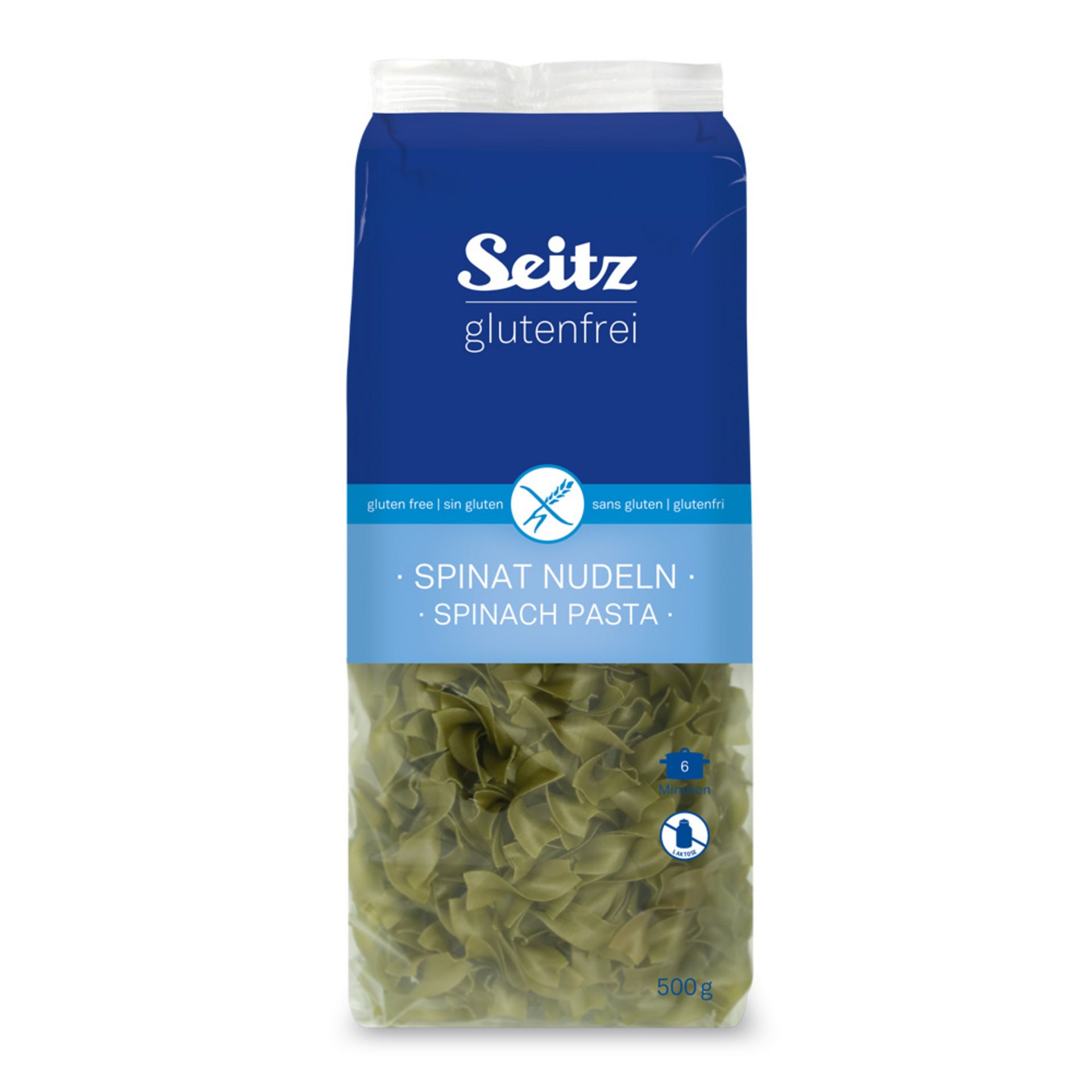The golden grain for all occasions
In gluten-free pasta, you often find corn flour, corn starch, or whole corn grits in the ingredient list. But why corn? Here are the unique features and benefits of corn.
“Zea mays,” “kukuruz,” “Welschkorn,” or simply “corn” are names for a crop that was already known to the Incas, Mayans, and Aztecs. The oldest findings of corn date back to Mexico around 5000 B.C. – Columbus brought it to Europe. Today, corn is one of the most important cereal crops, cultivated in all parts of the world. The golden kernels owe their fame to their versatile applications. Corn is much more than just food today – it is also used as a raw material for packaging materials and for energy generation in biogas plants.
The relatively long shelf life makes corn cultivation popular in various parts of the world. Approximately 500,000 hectares are cultivated with grain corn in Germany, which is a relatively small area. It is mainly found in the regions of the Upper Rhine Plain, Kraichgau, southern Brandenburg, the Leipzig Bay, and the Lower Danube area in Lower Bavaria.
There are a variety of corn types—flint corn, dent corn, and hybrids of both are the main representatives in Germany, with the names also describing their typical characteristics. This is also true for another type of corn, starch corn, also known as soft corn. It is particularly well-suited for flour processing but is only cultivated in South American countries. When it comes to cultivation, a distinction is made between grain corn and silage corn. For the former, only the ripe kernels of the corn plant are harvested in October, while for silage corn, the entire plant is processed into silage, which is used as animal feed.
Since sweet corn does not contain gluten proteins, it can be used to produce gluten-free pasta. However, because gluten is essential for binding and elasticity in doughs, the production of gluten-free pasta requires some special considerations. Through a specialized production process, the ingredients are mixed using steam, water, and heat. This leads to the gelatinization of the dough and provides the important elasticity. Hybrids with a high content of flint corn are particularly well-suited for this purpose. The striking yellow-orange color of the pasta is due to fine shell residues.
Preparation Tips
- xxxx
- yyyy
- zzz
All products containing corn can also be found in our online shop.

